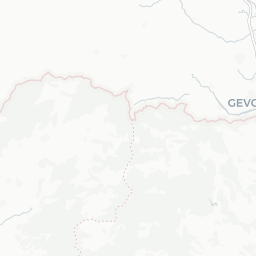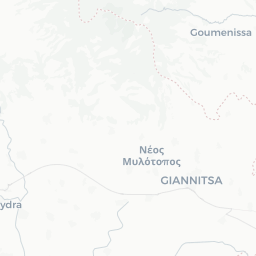












Vardino Toumba Excavation 1924
Excavation: Research excavation
On this mound, which is the most northerly of those (in Greece) along the E. bank of the Vardar, the successive strata proved to be: (I) on top, Hellenic period, with stone foundation- walls built on the debris of (2) a thick burnt layer, which yielded inter alia part of a large sub-Mycenaean bowl; (3) below this, a stratum ca. 2"50 m. thick, in which two settlements were recognised. In the upper settlement were found stone foundations resting on clay floors, and traces of burnt beams, accompanied by various finds, including a bronze fibula, several bone pins, a schist mould, and much L.H. III. pottery (fragments). In the lower, clay floors and the foundations of an apsidal house, with pithoi in situ. The pottery of this lower settlement is also L.H. III., but of an earlier type, and with it were two sherds possibly L.H. II. Nearly all seem to be of local fabric; the coarse pottery of this level included numerous fragments of bowls with the typical Macedonian triangular handle, and some incised ware. From this settlement came also a bronze spearhead. Separated from this by an interval of about half a metre, containing very few sherds, is the lowest stratum (4) which is about I-5o m. thick and rests on virgin soil. It is characterised by very dark earth and quite distinctive pottery, in which no Mycenaean is found, the typical ware being a fine highly-polished black (often firing to red), with white matt-painted ornament (parallel vertical lines or broad flowing bands and loops). Not many shapes can be identified, but large high bowls with strap-handles, and small cups with curving profile and flat bases seem typical. This ware continues throughout the stratum, uninter- rupted. Other classes represented in this level, but in thin layers only, are a rather coarse but well-polished grey ware (mostly wide bowls with incurving rims, painted with dull white lines), and fine, but unpolished and roughly-incised red ware (whose shapes resemble those of 'Thessalian A I '); the presence of the latter (not directly on virgin soil), the resemblance of the black ware (which begins earlier than the red) to ' Thessalian r I a I,' the presence of sherds similar to other Thessalian styles (of classes 'A' and ' r '), also the discovery of a few pieces of the 'Dikili-tash' ware, with graphite technique, and of typical Macedonian incised and white-filled, and, moreover, of the head of a clay figurine of early Thessalian type, raise many interesting problems, which it is hoped that the excavation of the big mound at Vardarovai next year will help to solve.
Active from 17/06/1924 to 29/06/1924.
Heurtley, Mr Walter Abel
[Journal] The Annual of the British School at Athens, no. 26 (1923/1924-1924/1925).

